Whether you're an outdoor adventurer, a culinary connoisseur, or simply someone who appreciates a solid cut, understanding how to properly sharpen a knife is essential. A well-maintained blade not only enhances performance but also ensures safety and precision. In this comprehensive guide, we’ll explore best practices tailored for various types of knives, including fixed blade knives and hunting knives, ensuring you get the most out of your cutting tools.
Understanding the Importance of Sharp Knives
Before diving into sharpening techniques, it's crucial to understand why knife sharpness matters. A dull knife can be dangerous; it requires more force to cut through materials, increasing the risk of slipping and causing injury. Additionally, a sharp knife makes cleaner cuts, preserving the integrity of whatever you are slicing, be it fresh herbs in the kitchen or game in the woods.
The Anatomy of a Knife
To sharpen a knife effectively, you should familiarize yourself with its anatomy. Key parts include:
- Blade: The sharp part of the knife, which is responsible for cutting.
- Edge: The sharpened side of the blade that directly contacts the material.
- Spine: The top, unsharpened edge that adds strength.
- Tip: The very end of the blade, ideal for precision tasks.
- Heel: The rear part of the blade, useful for cutting tasks that require force.
Essential Tools for Knife Sharpening
Having the right tools at hand can make a world of difference in your sharpening experience. Here are some essential tools you'll need:
- Whetstone: A traditional sharpening tool that allows for precise sharpening. It's available in various grits.
- Honing Steel: Used to realign the edge of the blade and maintain sharpness between sharpening sessions.
- Electric Knife Sharpener: Quick and convenient, but may not provide the level of precision that hand sharpening offers.
- Diamond Sharpener: For harder steel blades, diamond sharpeners can cut through wear with ease.
Preparing for the Sharpening Process
Preparation is key to effective knife sharpening. Before you begin, ensure you have:
- A clean working space.
- Your chosen sharpening tool ready.
- A damp towel or non-slip mat to stabilize your sharpening surface.
Make sure your knife is clean. Oil, dirt, or residue can affect the sharpening process and damage the blade.
Step-by-Step Knife Sharpening Techniques
Now that you’re prepared, let’s delve into the sharpening techniques suitable for various types of knives, including fixed blade knives and hunting knives. Understanding the specific technique can yield better results tailored to your knife type.
Sharpening with a Whetstone
Using a whetstone can seem daunting at first, but it is one of the best methods to sharpen your knife effectively. Follow these steps:
- Soak the Stone: If you're using a water stone, soak it in water for about 10-15 minutes.
- Angle the Blade: Hold your knife at a 20-degree angle to the stone for most general knives.
- Start Sharpening: Apply moderate pressure and slide the blade across the stone, from heel to tip and back, ensuring that you cover the entire edge.
- Alternate Sides: Sharpen the other side of the blade, maintaining the same angle and pressure.
- Finish Up: After sharpening both sides, use a higher grit on the stone for a polished edge.
For fixed blade knives and hunting knives, slightly adjusting the angle towards 15 degrees can provide optimal sharpness for slicing through anything from game to vegetables.
Using a Honing Steel
The honing steel doesn’t replace sharpening but maintains the sharpness of your knife between sessions. Here’s how to use it effectively:
- Hold the Steel Vertically: Keep the honing steel at a 90-degree angle to your workstation.
- Angle the Knife: Position your knife at a 15-20 degree angle against the steel.
- Pull Toward You: Starting at the heel of the blade, pull the knife down toward the tip in a smooth motion, using light pressure.
- Repeat: Alternate sides and repeat 3-6 times for best results.
Safe Sharpening Practices
When sharpening your knives, safety should always be a top priority. Here are some guidelines to follow:
- Always keep your fingers clear of the edge while sharpening.
- Use a stable work surface to prevent slips and accidents.
- Make sure your tools are in good condition; a worn-out whetstone can lead to a damaged blade.
- Store knives safely after sharpening to prevent blade dulling and accidents.
Maintaining Your Knives
To keep your knives in great condition, follow these maintenance tips:
- Regularly Clean: Always clean your knives after use to prevent corrosion and damage.
- Dry Properly: Humidity can dull the blade; always ensure your knives are dry before storing.
- Avoid the Dishwasher: Hand washing is gentler on the blade and prevents accidental damage.
Common Mistakes to Avoid When Sharpening Knives
Even seasoned knife enthusiasts can fall victim to common sharpening mistakes. Avoid these pitfalls:
- Using Excessive Force: Applying too much pressure can damage the edge rather than enhance it.
- Inconsistent Angle: A varying angle during sharpening can lead to an uneven edge, resulting in poor performance.
- Neglecting Regular Maintenance: Sharp knives don’t stay sharp forever; regular honing and occasionally sharpening are essential.
The Art of Knife Care
In addition to sharpening, knife care is an art that every master chef and outdoorsman should embrace. Protecting your knives ensures long-term performance and reliability:
- Store Properly: Use knife blocks, sheaths, or magnets to store knives safely.
- Be Mindful of Cutting Boards: Always use cutting boards made of wood or plastic to preserve the blade’s edge.
When to Seek Professional Help
While many sharpening tasks can be done at home, some situations warrant professional help. Consider consulting an expert when:
- Your knife has deep nicks or chips that you cannot address with standard sharpening.
- You feel unsure about your sharpening skills and prefer a professional edge.
Sharpening Your Outdoor Edge
For enthusiasts of fixed blade knives and hunting knives, maintaining your edge becomes even more crucial. The demands of outdoor usage can take their toll, so regularly sharpening and honing ensures you're always prepared. Remember that the effectiveness of a hunting knife doesn’t just rely on its initial sharpness; it's how well you maintain that sharpness that can make all the difference during your excursions.
Embracing the best practices for knife sharpening can transform your approach to kitchen prep and outdoor adventures alike. It empowers you with the knowledge to maintain a crucial tool that serves many purposes. So whether you're slicing, dicing, or gutting, you can trust in your blade's reliability when you adhere to these sharpening techniques.
As you embark on your sharpening journey, remember that practice makes perfect. With patience and the right techniques, you'll achieve a blade that performs optimally, enhancing your culinary creations or outdoor escapades. So grab your whetstone and honing steel, and get ready to sharpen not just your knives, but your passion for precision.








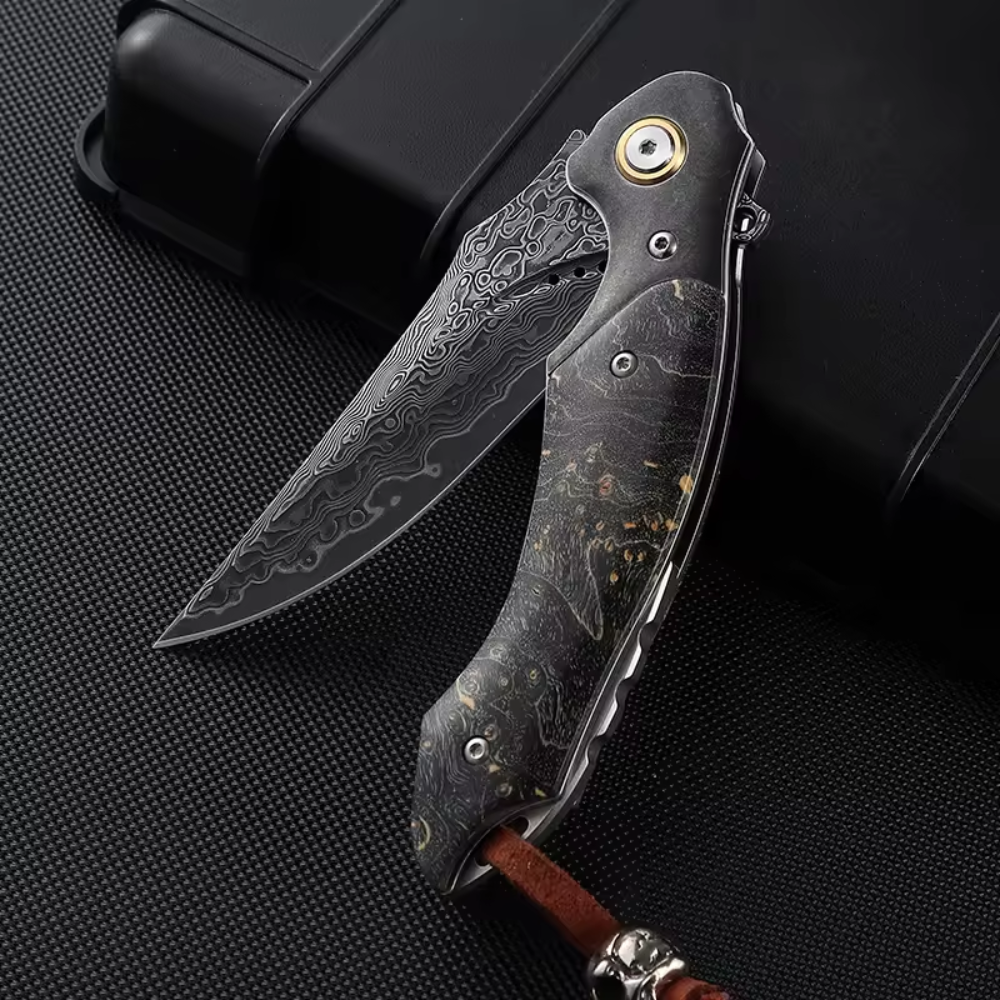


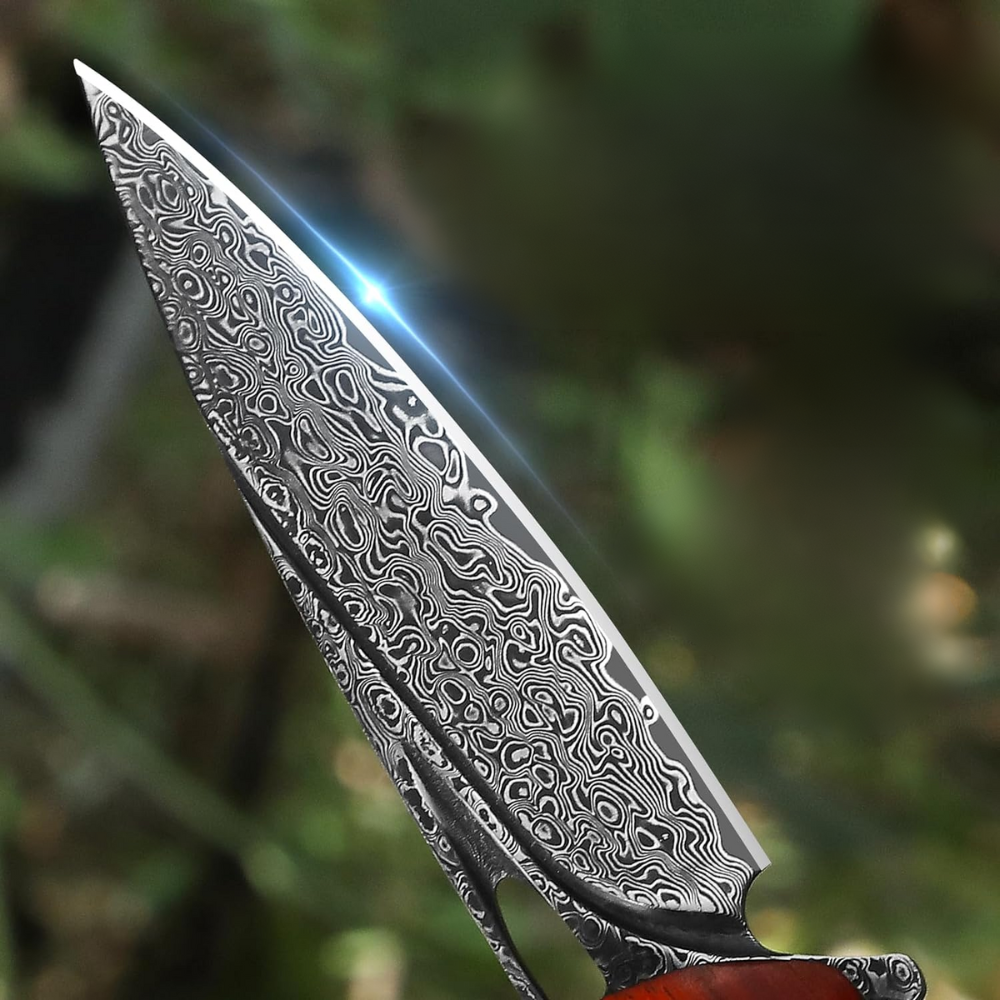








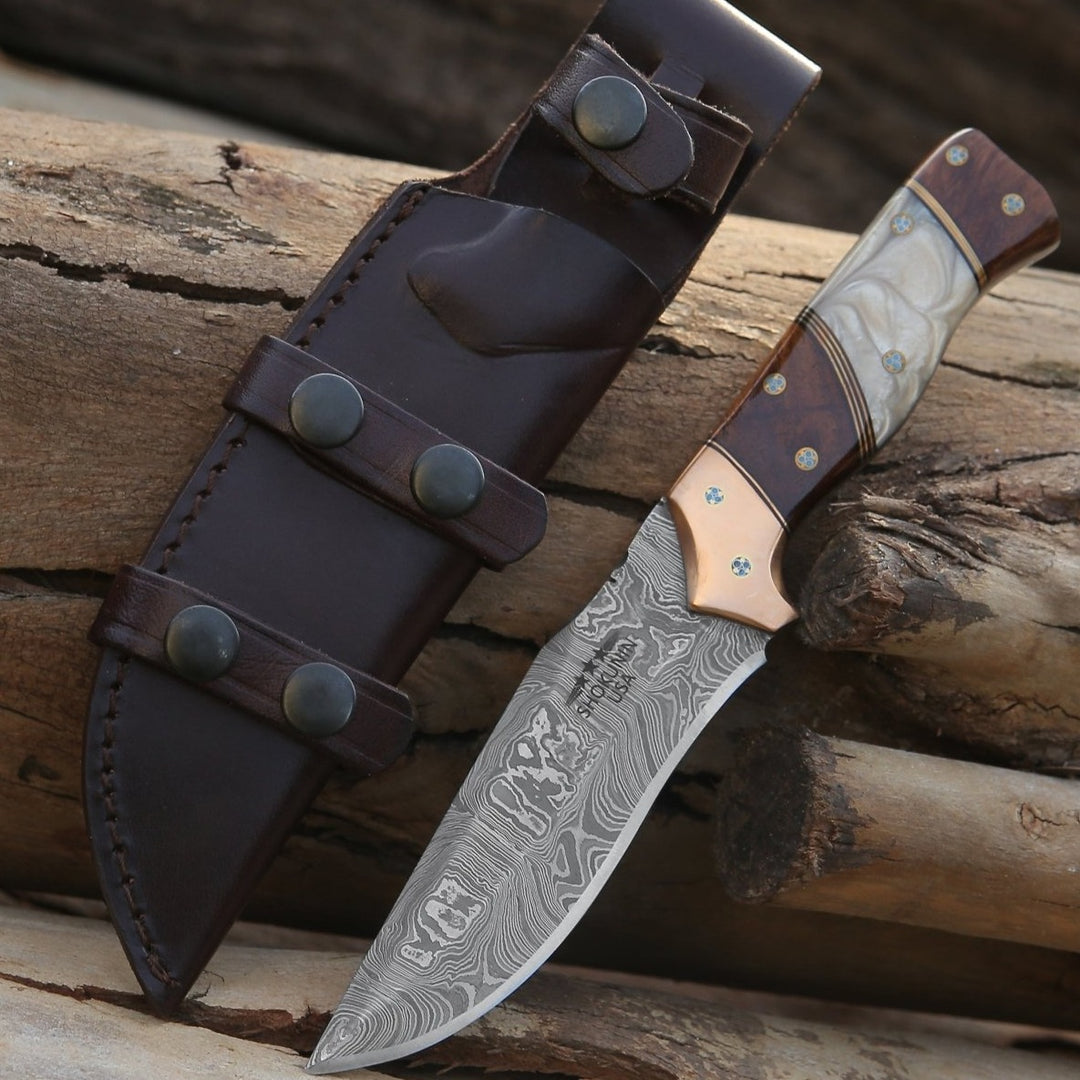
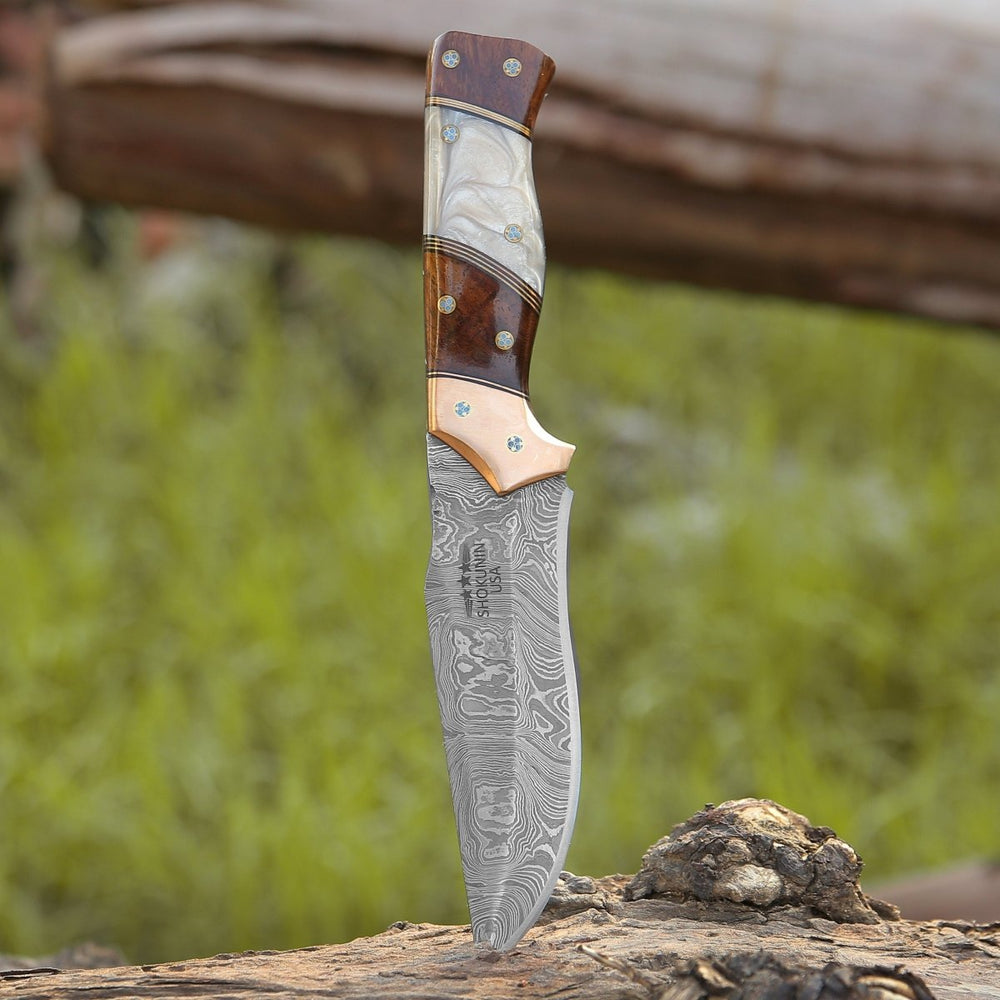


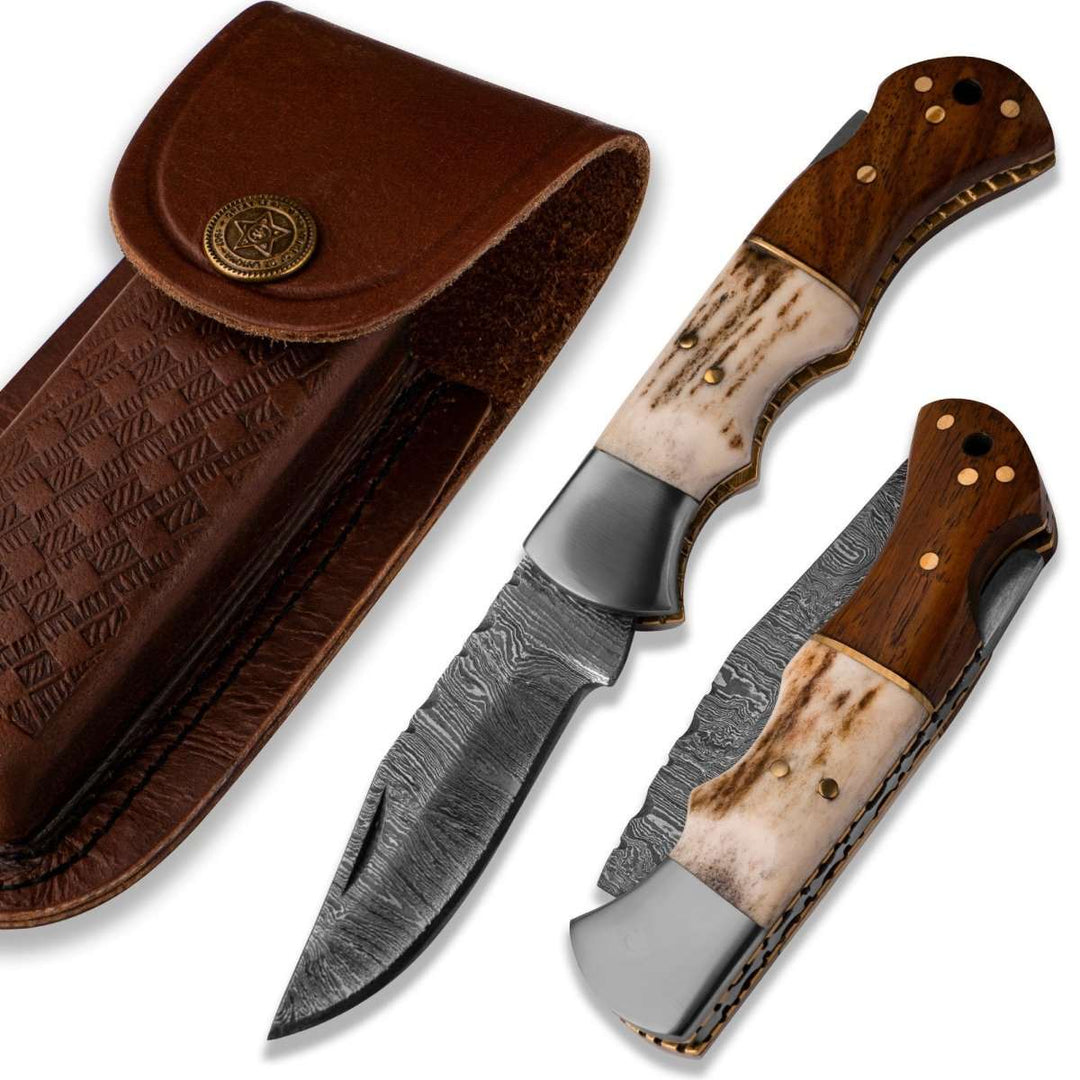





Dejar un comentario